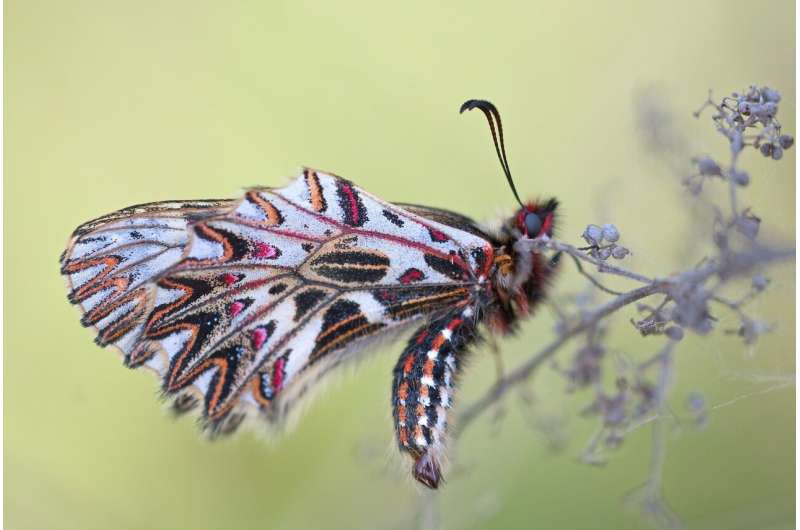
The risks to biodiversity could persist for decades after global temperatures begin to decline because of climate change, according to a new study.
If temperatures increase by more than 2C compared to pre-industrial levels, the paper shows that the impact on global biodiversity will be worse.
The goal of the Paris Agreement is to limit global warming to 1.5C.
Climate change and other human influences are causing an ongoing biodiversity crisis, with mass die-offs in forests and coral reefs, altered species distributions and reproductive events.
If climate change is only brought under control after a temporary overshoot of the agreed target, there will be evidence that has been missing.
Huge numbers of animal species will endure unsafe conditions for a long time after the global temperature peak. Even if we reverse global warming before species are irreversibly lost from the ecosystems, the ecological disruption caused by unsafe temperatures could continue for more than 50 years. We need urgent action to prevent us from exceeding the 2C limit.
More than a quarter of the locations studied were found to have no chance of returning to normal.
The paper focuses on a scenario where CO 2 emissions fall into negative territory after 2070 thanks to deep carbon cuts and massive deployment of carbon dioxide removal technology. For several decades in this century, global temperature rise exceeds 2C, but returns to below this level by the year 2200.
The research team found that, for most regions, exposure to unsafe temperatures will arrive suddenly as further warming means many species will be pushed beyond their thermal niche limits. The return of these species to their thermal niches will be gradual and will lag behind the global temperature decline due to continually volatile climates within local sites. The temperature overshoot is projected to be between 60 and 70 years, but the effective overshoot is projected to be between 100 and 130 years.
Most of the species in the tropics are pushed outside of their thermal niches. Half of the species in the Amazon will be exposed to potentially dangerous climate conditions.
It is not certain if the share of exposed species will ever return to pre-overshoot levels for about 19% of the total number of sites studied. 8% of sites are projected to never come back to those levels. The overshoot can cause irreversible impacts to nature due to extinction and radical transformation of the environment.
In the Amazon, the loss of an important global carbon sink, which would have knock-on effects on multiple ecological and, as a result, the replacement of forests with grasslands, could be done.
The study emphasizes the importance of looking at the complete picture of damage caused throughout overshoot scenarios, instead of focusing only on making sure the final destination is within the agreed temperature limits. The authors note that carbon dioxide removal technology itself is likely to have negative impacts on the environment, for instance, large-scale forest planting or biofuels production require a lot of land and water.
There is no "silver bullet" solution for addressing climate change impacts. We need to reduce greenhouse gas emissions quickly. Carbon dioxide removal technologies and nature-based solutions can have negative impacts.
Our study shows that if we hit the 2C global warming target, we could lose a lot of our native flora and fauna. The duration and magnitude of any overshoot should be limited.
Christopher Trisos said their findings are stark. They should act as a wake-up call that delaying emissions cuts will lead to a temperature overshoot that will cost nature and humans a lot of money.
More information: Risks to biodiversity from temperature overshoot pathways, Philosophical Transactions of the Royal Society B (2022). DOI: 10.1098/rstb.2021.0394